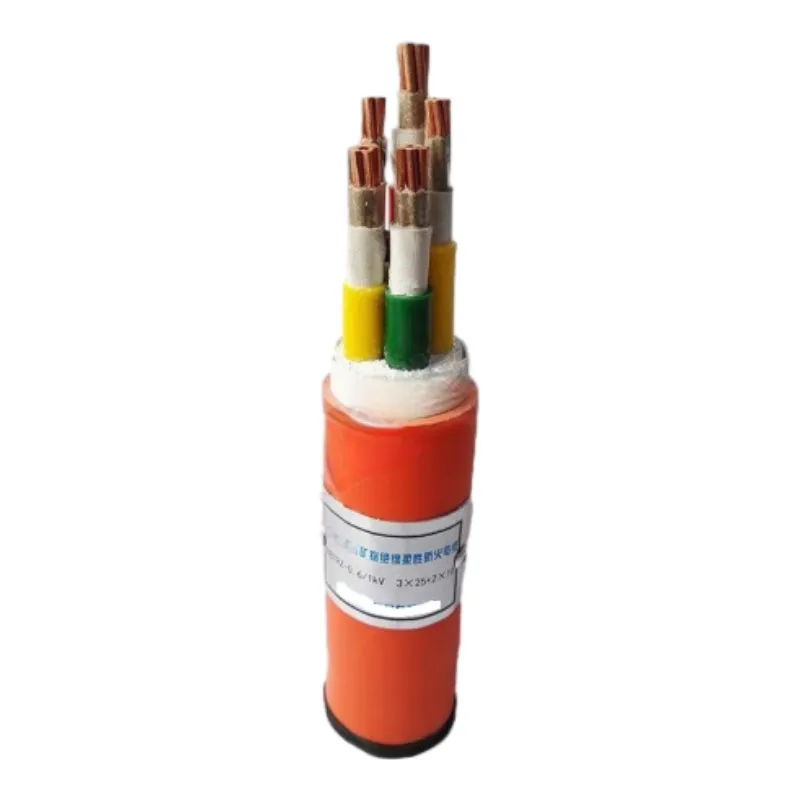Dec . 24, 2024 15:50 Back to list
Understanding the Functionality and Applications of 3-Way Ball Valves in Fluid Control Systems
Understanding the 3-Way Ball Valve A Comprehensive Overview
Valves are essential components in various industries, serving as gateways that regulate the flow of fluids and gases in pipelines. Among the myriad of valve types available, the 3-way ball valve stands out for its versatility and efficiency. This article delves into the function, construction, advantages, and applications of the 3-way ball valve, providing a comprehensive overview of why it is a preferred choice in many systems.
What is a 3-Way Ball Valve?
A 3-way ball valve incorporates a spherical obstruction with three ports one inlet and two outlets (or vice versa). This design allows the valve to direct the flow of fluids in multiple directions, making it an indispensable tool for controlling the flow in various systems. These valves can be configured in several ways, including L-port and T-port designs, each serving different purposes.
- L-Port This configuration allows for a simple switch between two flow paths. For example, when the valve is turned, the flow can either flow directly through one outlet or bypass to the second outlet. - T-Port This design allows flow to be directed to both outlets simultaneously or to switch between them completely. This capability is particularly useful for mixing different fluids or diverting flow as needed.
Construction of a 3-Way Ball Valve
The construction of a 3-way ball valve typically involves a few critical components
1. Body The main structure, usually made from materials such as stainless steel, brass, or plastic, which houses all the other components.
2. Ball The core component, often made from the same material as the body, featuring a hole in the center to allow for fluid flow when aligned correctly.
3. Seats These components provide sealing between the ball and the body, ensuring that no fluid leaks. The seats are typically made from a soft material like PTFE (Teflon).
4. Stem This connects the ball to the actuator or handle, translating manual or automated movement into rotation of the ball.
5. Actuator Depending on the application, this could be a manual handle or a pneumatic or electric actuator that automates the opening and closing of the valve.
Advantages of Using 3-Way Ball Valves
The 3-way ball valve offers several advantages over other types of valves
3 way ball valve

- Versatility With the ability to control flow direction and outlet selection, these valves are suitable for a variety of applications
.- Efficiency The design of the ball valve allows for minimal flow resistance, which reduces energy costs and improves system efficiency.
- Durability Made from robust materials, 3-way ball valves can withstand high pressures and temperatures, ensuring longevity and reliability.
- Easy Operation Their design allows for straightforward manual operation, and when automated, they can be easily integrated into control systems for automated flow management.
- Maintenance Generally, 3-way ball valves require minimal maintenance, although regular inspections can help identify wear and tear before it becomes problematic.
Applications of 3-Way Ball Valves
3-way ball valves find utility in numerous sectors, including
- HVAC Systems They are commonly used in heating and cooling systems to redirect hot or chilled water flow.
- Chemical Processing Due to their robust construction and sealing, they handle corrosive substances in chemical plants effectively.
- Water Treatment They manage flow rates and direct water through filtration and purification systems.
- Food and Beverage The sanitary design of stainless steel 3-way ball valves makes them ideal for processes requiring strict hygiene standards.
- Oil and Gas Their ability to operate under high pressure makes them crucial in this industry for flow control.
Conclusion
The 3-way ball valve is a powerful component that offers versatility, efficiency, and reliability in fluid control. Its unique ability to direct flow in multiple directions makes it an indispensable tool in sectors ranging from manufacturing to chemical processing. As industries continue to evolve and demand efficient flow control solutions, the 3-way ball valve will undoubtedly remain a cornerstone in fluid management applications. Understanding its design, operation, and applications can help engineers and technicians make informed decisions when selecting valves for their systems.
Share
-
Reliable Wafer Type Butterfly Valves for Every IndustryNewsJul.25,2025
-
Reliable Flow Control Begins with the Right Ball Check ValveNewsJul.25,2025
-
Precision Flow Control Starts with Quality ValvesNewsJul.25,2025
-
Industrial Flow Control ReliabilityNewsJul.25,2025
-
Engineered for Efficiency Gate Valves That Power Industrial PerformanceNewsJul.25,2025
-
Empowering Infrastructure Through Quality ManufacturingNewsJul.25,2025